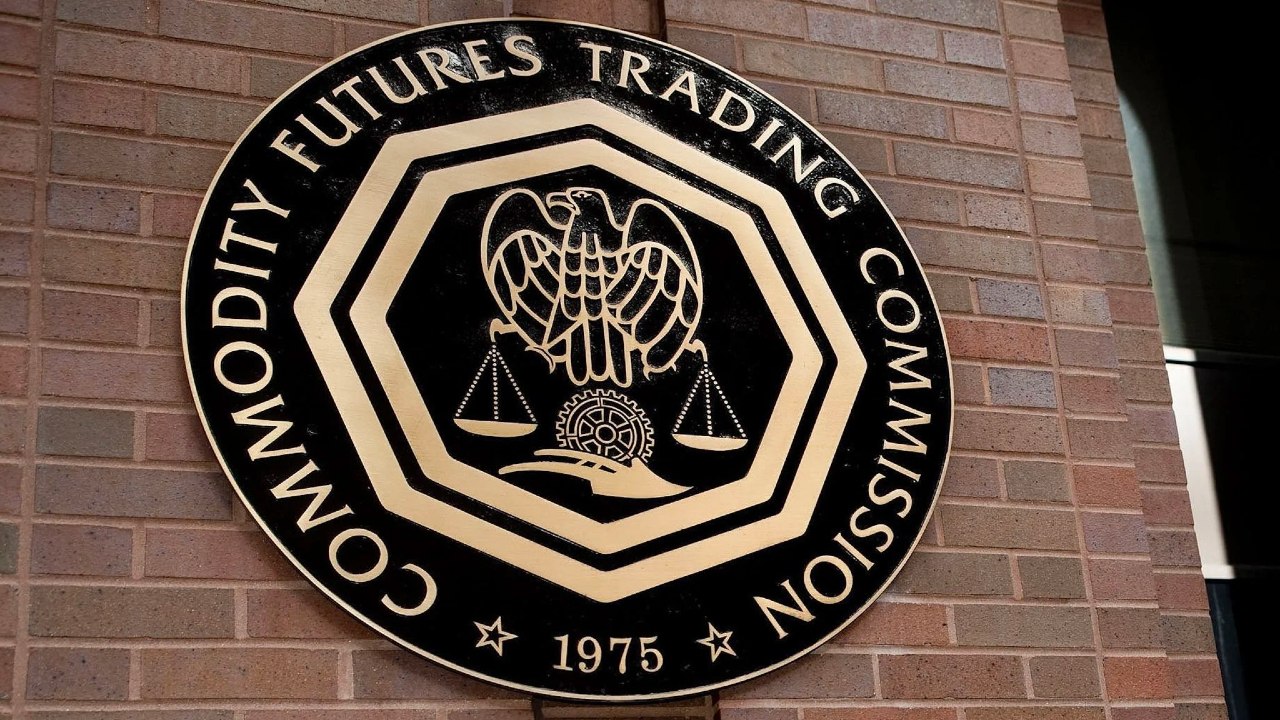Chapter 11 is known as a restructuring bankruptcy. It is a form of bankruptcy that involves the reorganization of a debtor’s business relationships, debts and assets.
Chapter 11 What is a Bankruptcy Filing?
Chapter 11 is named after US bankruptcy code 11. There are officially six chapters in US bankruptcy law, and they deal with different aspects of the process. Chapter 7 (liquidation), Chapter 9 (municipalities), Chapter 11 (restructuring, usually for businesses), Chapter 12 (family farmers), Chapter 13 (repayment options), and Chapter 15 (international bankruptcies). Of these, Chapter 7, Chapter 11, and Chapter 13 are the most common. Companies looking to restructure their debt open Chapter 11. Section 11, which gives the borrower a fresh start, is contingent upon the obligor to meet the obligations for restructuring. Chapter 11, the most complex of all bankruptcy cases, is also the most expensive of all bankruptcy cases. For a company to remake chapter 11, it must carefully analyze and explore all other alternatives.
In Chapter 11 proceedings, the court assists a business in restructuring its debts and obligations. Usually, the firm will be up and running. In the US company Chapter 11, many companies filed for bankruptcy and remained afloat. As an example of these; Many companies can be given, such as General Motors, airline United Airlines, retail store K-mart. The Small Business Reorganization Act 2019, which went into effect on February 19, 2020, added a subsection to Chapter 11 designed to facilitate bankruptcy. Small businesses are defined as organizations with less than $2.7 million in debt.
With the law, shorter deadlines are given for the completion of the bankruptcy process. Flexibility was provided in negotiating restructuring plans with creditors. It aims to facilitate the development of a compromise-based restructuring plan with small business debtors and creditors. In addition, the Coronavirus relief and economic security law, enacted in March 2020, increased the Chapter 11 subsection V debt limit to $7,500,000. The amendment entered into force with the CARES law.

Chapter 11 How Does It Work?
An entity that offers Chapter 11 can continue to operate. Usually the debtor runs the business as usual. However, in cases involving fraud, a court-appointed trustee can step in to manage the company throughout all bankruptcy proceedings. Businesses can make some decisions with the permission of the court. Examples of such decisions are the sale of non-inventory assets, the lease or termination, and the cessation or expansion of business operations.
The court also has control over the decision to hire lawyers and make payments, and to contract with vendors and unions. In addition, the debtor cannot arrange a loan that will start after the completion of the bankruptcy. In Chapter 11, the person or business filing for bankruptcy can propose a reorganization plan. Reorganization plans may include downsizing business operations and renegotiating debts to reduce expenses. Plans may also include liquidating all assets for repayment to creditors. If the chosen path is viable and fair, the courts accept it and the process progresses.







